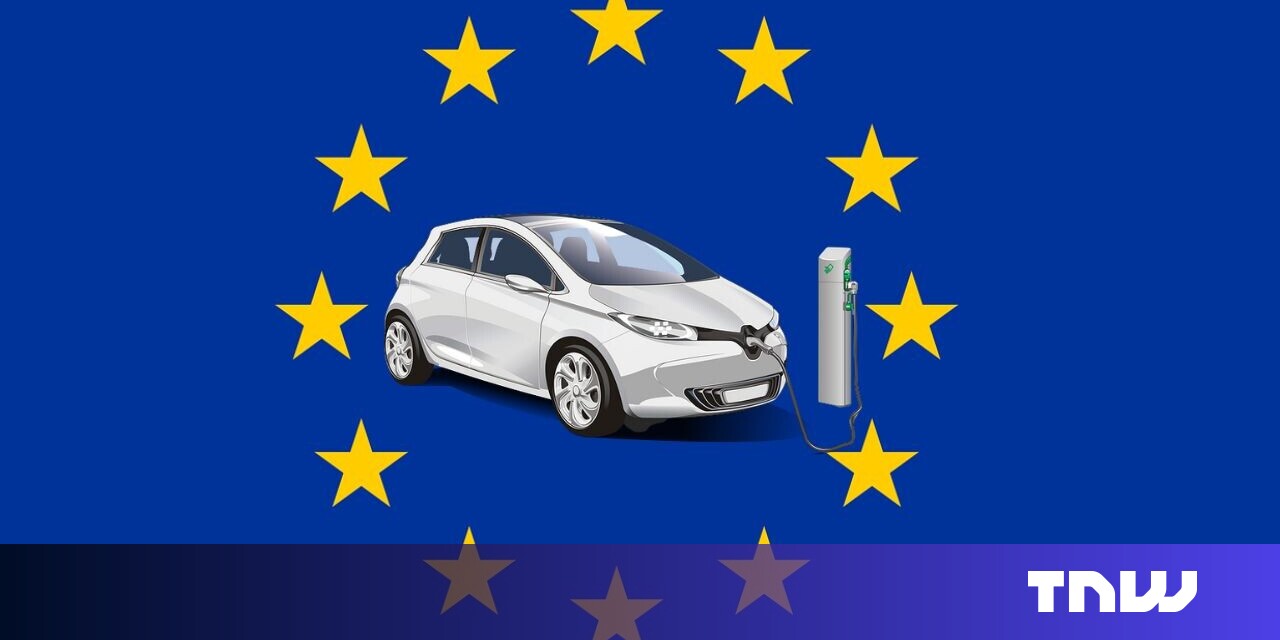EU Battery Ambitions Face Challenges: A Rocky Road to Green Energy Independence
The European Union's ambitious goal of becoming a global leader in battery production faces significant headwinds, threatening its green energy transition and economic independence. While the EU's Battery Regulation aims to create a robust domestic battery industry and secure crucial supply chains, several challenges stand in the way of realizing this vision. This article delves into the key hurdles hindering the EU's battery aspirations.
Raw Material Dependence: A Critical Bottleneck
One of the most significant obstacles is the EU's heavy reliance on imports for critical raw materials needed for battery production. Lithium, cobalt, nickel, and graphite are essential components, and the EU currently lacks sufficient domestic sources. This dependence leaves the bloc vulnerable to price volatility, supply chain disruptions, and geopolitical tensions.
- Lithium sourcing: The EU is actively exploring partnerships and investment in lithium mining projects globally, but securing reliable and sustainable sources remains a challenge. Ethical sourcing and environmental concerns further complicate the matter.
- Cobalt dependence: Concerns over cobalt mining's human rights and environmental impact have spurred efforts to diversify battery chemistries and explore alternative materials. However, finding viable substitutes at scale is proving difficult.
- Geopolitical risks: The concentration of critical raw materials in specific countries, often with unstable political situations, poses a substantial risk to the EU's battery supply chains.
Strategies for Mitigation:
The EU is tackling this issue through various initiatives:
- Strategic partnerships: Collaborations with countries rich in raw materials, focusing on fair trade and sustainable practices.
- Recycling initiatives: Investing heavily in battery recycling technologies to recover valuable materials and reduce reliance on primary resources.
- Exploration of domestic resources: Increasing investment in geological surveys and exploration to identify and develop domestic sources of critical raw materials.
High Production Costs and Competition: A Pricey Undertaking
Establishing a competitive battery manufacturing industry in the EU requires significant investment in infrastructure, research and development, and skilled labor. High energy costs, stringent environmental regulations, and competition from established players in Asia, particularly China, pose considerable challenges.
Overcoming the Cost Barrier:
- Government subsidies and incentives: EU-wide support programs are crucial to make battery production economically viable within the bloc.
- Technological innovation: Investing in advanced battery technologies with higher energy density and lower production costs is essential to enhance competitiveness.
- Streamlined regulations: While environmental standards are vital, overly complex regulations could hinder investment and innovation.
Skilled Labor Shortages: A Growing Concern
The burgeoning battery industry demands a highly skilled workforce in areas such as engineering, manufacturing, and recycling. However, a shortage of qualified professionals poses a significant obstacle to the EU's ambitions.
Addressing the Skills Gap:
- Education and training initiatives: Investing in vocational training programs and university courses to develop the necessary expertise.
- Attracting international talent: Creating a welcoming environment for skilled workers from other countries to address labor shortages.
- Upskilling the existing workforce: Providing retraining opportunities for workers in related industries to transition into the battery sector.
Conclusion: Navigating the Path to Battery Independence
The EU's ambition to become a leading player in the battery industry is laudable, but realizing this vision requires addressing these significant challenges. Successfully navigating these hurdles is vital not only for achieving green energy independence but also for securing Europe's economic competitiveness in a rapidly evolving global landscape. Continued investment, strategic partnerships, and a focus on innovation are key to unlocking the full potential of the EU's battery strategy.
Call to Action: Stay informed about the latest developments in the EU battery sector by subscribing to our newsletter for regular updates and insightful analysis.
